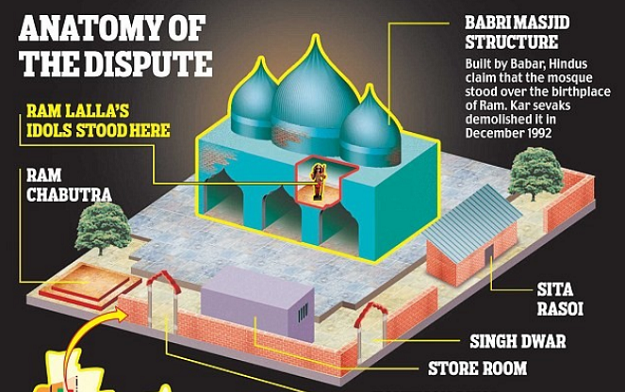7667766266
enquiry@shankarias.in
Click here to know more on the Babri Masjid controversy
Why in news?
What is the case on?

What are the challenges to the final judgement?
What is the way forward?
Source: The Hindu